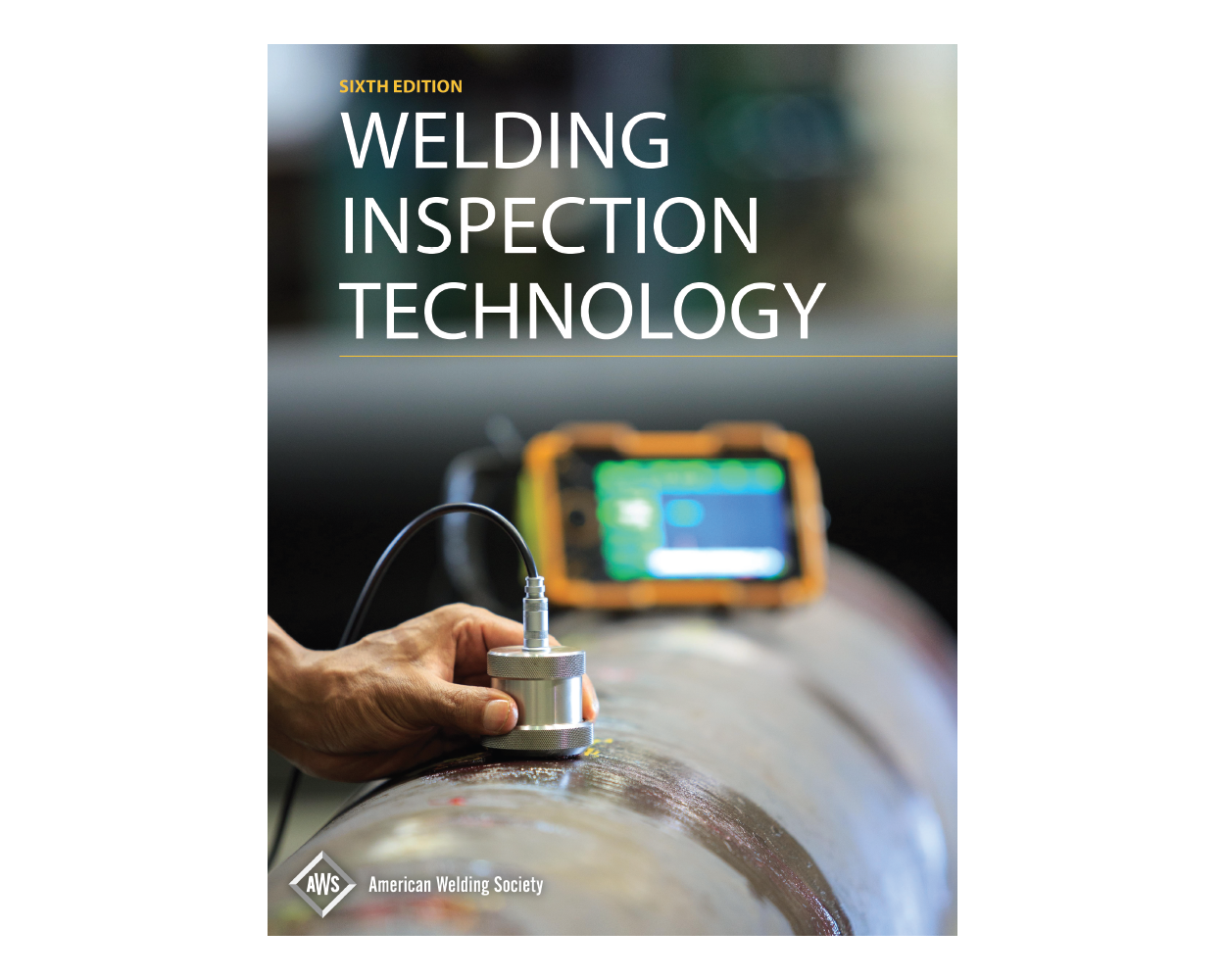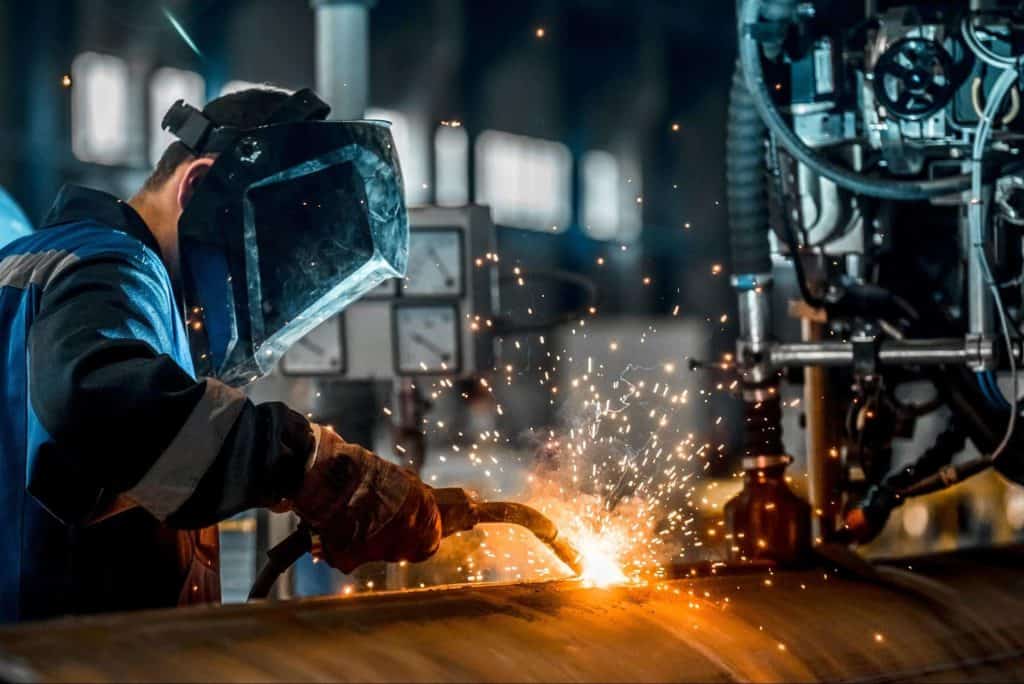How Welding Inspection Milwaukee Enhances Architectural Stability
How Welding Inspection Milwaukee Enhances Architectural Stability
Blog Article
A Thorough List for Effective Welding Inspection Practices
In the realm of welding, the honesty of structures is paramount, demanding an extensive approach to assessment practices. Discovering these vital components can generate insights that exceptionally impact welding procedures.
Understanding Welding Specifications
Welding standards play a critical function in making certain the high quality and safety and security of welded parts and structures. These requirements establish the requirements for products, procedures, testing, and inspection, thus giving a framework for constant quality assurance in welding procedures. Numerous organizations, consisting of the American Welding Culture (AWS), the International Organization for Standardization (ISO), and the American Society of Mechanical Designers (ASME), have actually developed detailed criteria that govern different facets of welding.
Recognizing welding standards is necessary for specialists in the field, as adherence to these guidelines lessens the threat of defects and failures in welded joints. These criteria cover certain requirements for weld top quality, consisting of acceptable tolerances, the sort of welding methods to be utilized, and the credentials required for inspectors and welders.

Pre-Welding Examination Steps
Prior to any welding procedure commences, a detailed pre-welding assessment is vital to recognize potential problems that might jeopardize the top quality of the weld. This initial action works as a vital structure for guaranteeing conformity with applicable welding codes and requirements.
The very first action in the pre-welding examination is to verify the materials being used. Next, it is important to check the fit-up of the parts to ensure proper alignment and joint configuration.
Furthermore, examining the tidiness of the surface areas is crucial; impurities such as oil, corrosion, or paint can negatively impact the high quality of the weld. Following this, a detailed analysis of the welding tools need to be performed, ensuring that it is adjusted and in excellent working condition.
Lastly, examining the credentials of the welding workers is imperative. Welders must have the essential qualifications and experience to do the certain welds required for the project. By sticking to these pre-welding examination actions, the possibility of problems and failings in the last weld can be substantially decreased.

In-Process Inspection Strategies
In-process inspection methods play a vital function in making certain the integrity and high quality of welds as they are being implemented. These techniques enable assessors to identify flaws or inconsistencies from specifications in genuine time, thus ensuring and avoiding expensive fixings adherence to layout requirements.
One secret method entails aesthetic inspection, where inspectors evaluate the weld bead for uniformity, infiltration, and appropriate account. This can be enhanced by the use gauges to measure weld dimensions, guaranteeing compliance with established tolerances. Furthermore, the execution of non-destructive screening (NDT) approaches, such as ultrasonic screening or magnetic fragment screening, throughout the welding procedure can expose subsurface defects that may not show up externally.
Another important aspect is keeping track of Recommended Reading welding specifications, including voltage, amperage, and travel speed. Uniformity in these criteria is critical for achieving optimum weld top quality. Recording these specifications during the welding operation provides a deducible document for future recommendation.
Training personnel in proper examination strategies and using suitable tools enhances the performance of in-process assessments. By integrating these practices, companies can accomplish higher quality welds, lower rework, and eventually guarantee the safety and integrity of bonded structures.
Post-Welding Top Quality Checks
Adhering to the completion of welding operations, post-welding top quality checks are vital to confirm that the welds meet all defined needs and standards. These checks are necessary for making sure the stability and resilience of the welded joints. The assessment procedure generally starts with a visual evaluation, analyzing for surface area issues such as cracks, porosity, or incomplete combination.
Ultimately, non-destructive testing (NDT) methods, such as ultrasonic screening, radiographic screening, or magnetic bit screening, may be utilized to detect interior flaws that are not visible to the nude eye. Each method has its special advantages and is chosen based upon the weld's location, material kind, and the nature of the application.
Analyzing the mechanical buildings of the weld, consisting of tensile toughness and ductility, can supply additional assurance of performance under functional problems. Generally, extensive post-welding assessments are important for maintaining efficiency, security, and adherence to regulative and industry criteria.
Paperwork and Reporting
Exactly how can reliable documentation and reporting improve the welding evaluation procedure? Precise documents and extensive coverage are important parts that guarantee the honesty and quality of welding procedures. Welding Inspection Milwaukee. They serve as a formal document of inspection searchings for, facilitating responsibility and traceability in conformity with industry requirements

A well-structured reporting try here system enables examiners to plainly communicate any non-conformances, inconsistencies, or locations needing renovation. This openness fosters an environment of continuous enhancement, as stakeholders can easily examine previous efficiency and apply rehabilitative actions.
Moreover, effective documentation includes comprehensive records such as welding procedure specs (WPS), welder certifications, and assessment checklists. These aspects offer a framework for assessing weld high quality and adherence to established guidelines. In the event of conflicts or high quality issues, extensive paperwork serves as a reputable recommendation, decreasing ambiguity and protecting all parties involved.
Lastly, keeping arranged records assists in training and certifying employees, making certain that market finest techniques are upheld. Inevitably, thorough paperwork and reporting not only boost the welding examination process but additionally add to the overall safety and integrity of welded frameworks.

Final Thought
In verdict, an extensive list for reliable welding evaluation methods is essential for ensuring high quality and safety and security in bonded structures. Adherence to established welding requirements, careful pre-welding inspections, rigorous in-process assessments, and complete post-welding top quality checks collectively add to the integrity of welded joints. Furthermore, thorough documents and coverage of examination findings enhance accountability and help with constant enhancement. Carrying out these techniques will dramatically assist in conformity with sector criteria and inevitably cultivate a society of top quality in welding procedures.
Welding criteria play a critical function in guaranteeing the quality and safety of bonded parts and frameworks. Various companies, consisting of the American Welding Society (AWS), the International Company for Standardization (ISO), and the American Culture of Mechanical Engineers (ASME), have actually established extensive criteria that regulate different facets of welding.
Complying with the completion of welding procedures, post-welding high quality checks are critical to validate that the welds satisfy all defined requirements and requirements visit this site right here - Welding Inspection Milwaukee.In verdict, a detailed checklist for efficient welding inspection techniques is important for making certain high quality and safety and security in welded frameworks. Adherence to established welding criteria, meticulous pre-welding examinations, rigorous in-process analyses, and comprehensive post-welding quality checks collectively add to the integrity of bonded joints
Report this page